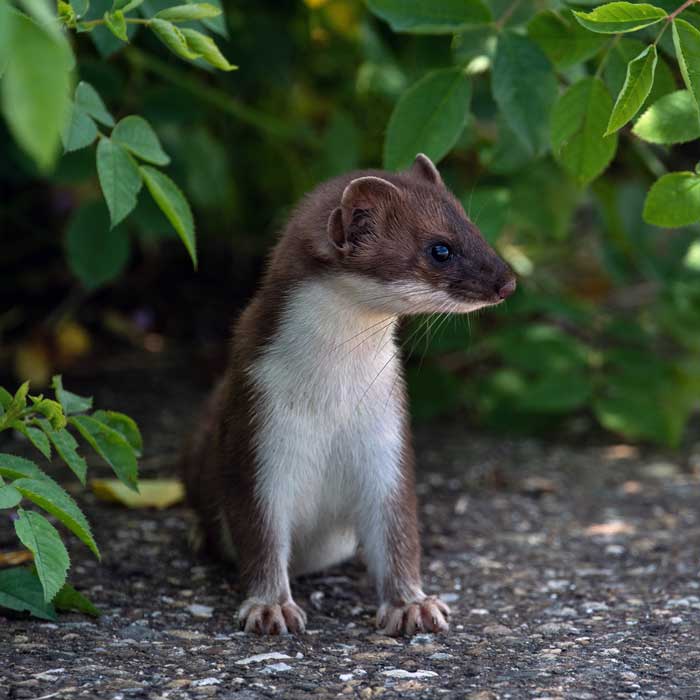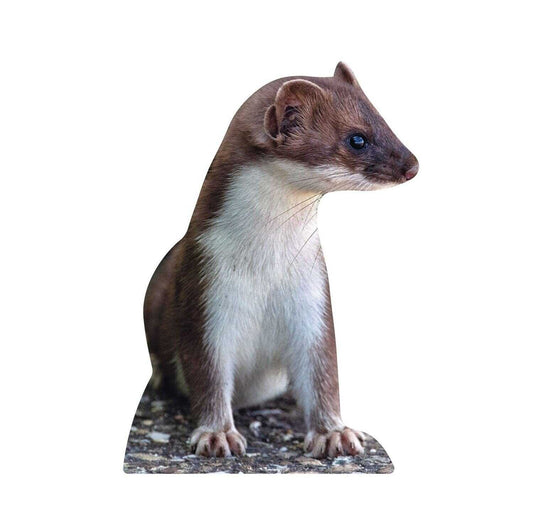
weasel
The weasel, a small and skilful hunter, is found in a variety of habitats and plays an important role in the ecosystem as a regulator of small mammal populations. This fact sheet provides a detailed overview of the biology and lifestyle of the weasel and highlights the importance of its protection and conservation in natural habitats.
weasel Products
-
Animal Display Weasel
Regular price 9,90€Regular priceUnit price / per -
Extension set - "Black Forest"
Regular price From 319,90€Regular priceUnit price / per -
Pop-Up Wall "Forest Habitat"
No reviewsRegular price 300,00€Regular priceUnit price / per -
Pop-Up Wall "Forest Habitat"
No reviewsRegular price From 1.200,00€Regular priceUnit price / per -
Pop-Up Wall "Forest Habitat"
No reviewsRegular price From 1.200,00€Regular priceUnit price / per
Profile: weasel
-
Scientific classification
- Class: Mammals (Mammalia)
- Order: Carnivora
- Family: Martens (Mustelidae)
- Genus: Mustela
- Species: M. nivalis (weasel)
-
Physical characteristics
- Size: Body length of 15-25 cm
- Tail length: 3-6 cm
- Weight: 30-100 g
- Special features: Slender build, short legs, pointed face, brown to reddish-brown fur with white underside, short bushy tail.
-
Habitat and distribution
- Common regions: Europe, North America, Asia
- Habitat: Diverse, from forests to meadows and fields to mountainous regions; adaptable to different habitats.
-
Nutrition
- Diet: Carnivore
- Typical food: small mammals such as mice, rats, birds, insects, eggs, occasionally frogs and small fish.
-
Reproduction and lifestyle
- Mating season: spring to summer
- Gestation period: Approx. 30-35 days
- Litter size: 4-6 young per litter
- Lifestyle: Solitary, nocturnal, excellent hunters and climbers, territorial animals.
-
Lifespan and protection status
- Life expectancy: Up to 2 years in the wild
- Endangered status: Not threatened, but habitat loss and hunting may affect local populations.
- Conservation measures: preservation and protection of habitats, promotion of natural prey.




